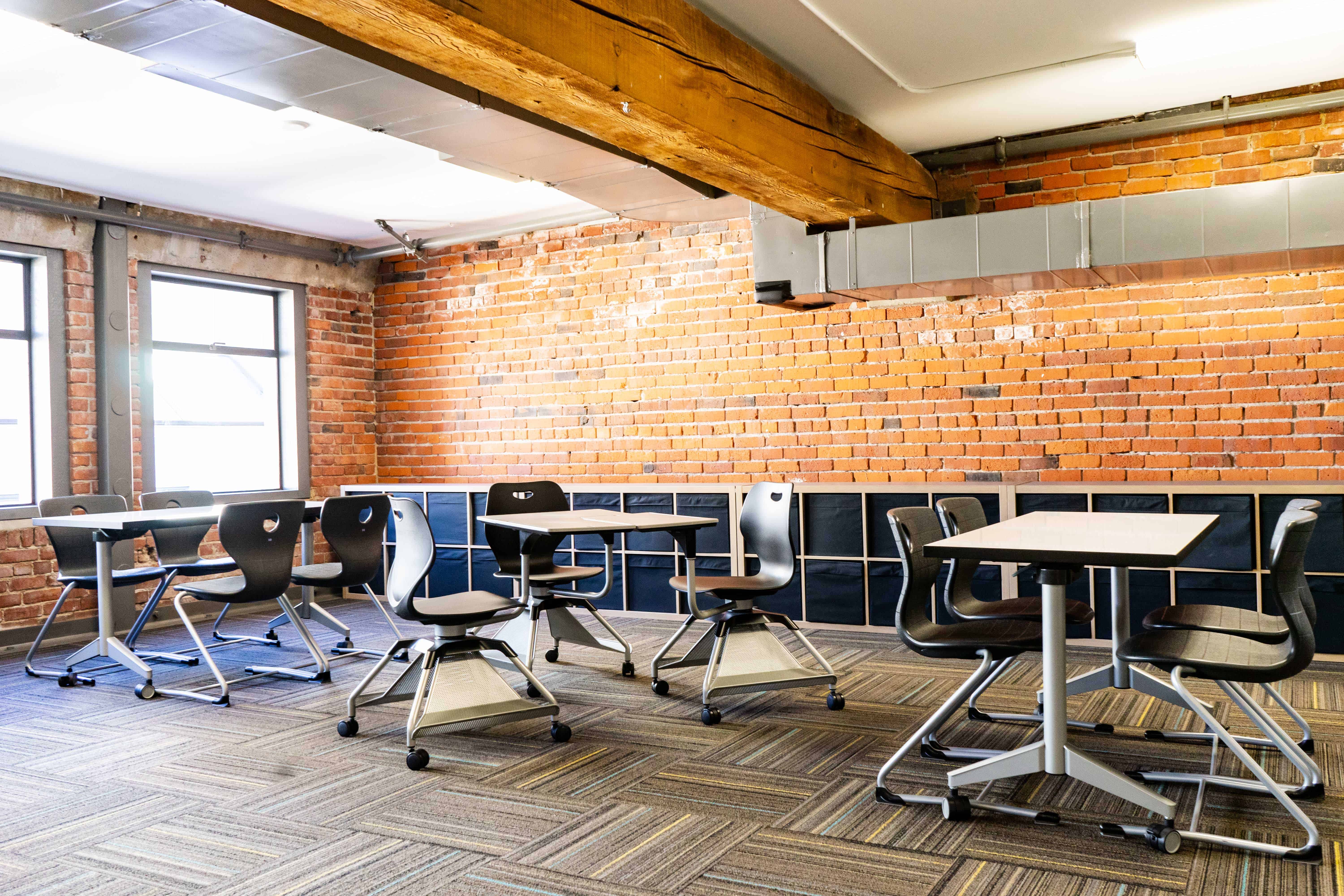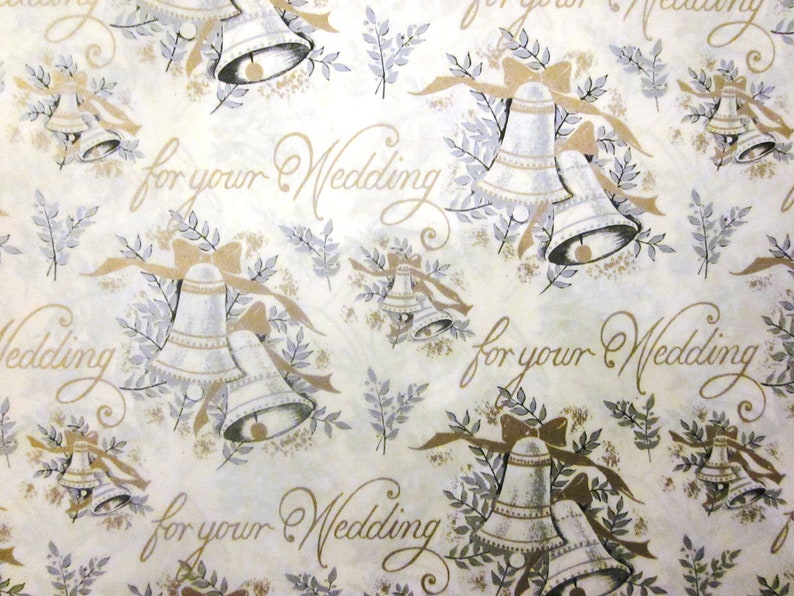Table Of Content

On one side of the dining room, a hearth room awaits, offering a cozy and intimate space for relaxation or engaging conversations. On the other side, a grand great room captivates with its soaring cathedral ceilings and an inviting fireplace, creating a captivating focal point for family gatherings and entertaining guests. A European-style home is a residential architectural style encompassing several traditional and historic European designs. These homes often draw inspiration from the architectural traditions of countries such as England, France, Spain, Italy, and Germany.
Modern Architecture: Everything You Need to Know - Architectural Digest
Modern Architecture: Everything You Need to Know.
Posted: Wed, 26 Jul 2023 07:00:00 GMT [source]
Paint Color, Beams & Flooring
This creates a sense of openness and spaciousness, as the interior spaces appear to extend seamlessly into the surrounding landscape. Modern European House Plans place a strong emphasis on the integration of indoor and outdoor spaces, creating a seamless connection between the two areas. This design principle is achieved through the use of expansive windows, sliding glass doors, and outdoor living areas that extend the living space beyond the confines of the home’s walls. By blurring the boundaries between the interior and exterior, modern European homes offer a unique and immersive living experience that embraces the beauty of the surrounding environment.
Traditional European meets modern style in Vancouver reno - Homes & Gardens
Traditional European meets modern style in Vancouver reno .
Posted: Fri, 19 May 2023 07:00:00 GMT [source]
What's included in this plan set
Modern European kitchen design especially calls for tile or stone, with wooden cabinetry and millwork. I’ve seen both open shelving and cabinets beautifully used in modern European kitchen design. I tend to lean toward hiding the clutter, but now that I've seen such beautiful open shelving options out there, it definitely works for the right home. Marble ledges in the kitchen are one of my favorite ways for simultaneously opening things up and also providing a beautiful spot for displaying artwork or found objects. As for the exterior yard and landscaping, the modern European home landscape is beautiful, somewhat formalized, and very green.
Price Match Guarantee

By harnessing the power of the sun, these windows allow for passive solar heating, reducing the reliance on artificial heating systems. During the winter months, the sun’s rays can enter the home through the windows, warming the interior spaces. This reduces energy consumption and contributes to a more sustainable and environmentally friendly home. While there has been a growing interest in contemporary and midcentury modern housing styles, colonial, ranch, and craftsman still remain popular across the United States.

With two 2-car garages, this home effortlessly combines practicality and elegance. One of the key areas where attention to detail is evident is in the exterior design. Modern European homes often feature intricate details, such as decorative moldings, cornices, and window surrounds. These details add character and visual interest to the facade, creating a home that is both stylish and timeless. The use of high-quality materials, such as natural stone and hardwoods, further enhances the exterior’s aesthetic appeal and durability. Overall, expansive windows and natural light are integral elements of Modern European House Plans.
European gardens are known worldwide, but here in the United States, you can capture the same feel with boxwoods, cypress trees, slopes, and terraces. The formal gardens often feature repetitive, deliberate plantings, bright flowers (perfect for cutting), and rolling grass. Modern European design gives you the best of two worlds—you get the old-world look with the contemporary and present-day conveniences. There’s a timeless quality to the design approach, where it almost feels like the house could exist in the past, present, or future.
Plan 1933
I am all about a good moody hue, but you'll want to offset the darkness with plenty of lighting. Throughout the house, attention to detail is evident, with high-quality finishes, modern fixtures, and an intelligent floor plan that maximizes both space and functionality. From the cozy courtyard with its fireplace to the masterfully designed interior spaces, this Modern European Cottage House Plan is a haven of comfort, elegance, and livability. Spanish or Mediterranean-style homes borrow heavily from the architecture of Spain and Italy. These houses often include low-pitched, red tile roofs, stucco walls, arches, and enclosed courtyards. Whether you’re looking to bring the California style to another region or looking to move to San Francisco and build a home, we have a plan for you.
From Cabinets to Couches: Plywood Punches Up Nearly Every Corner of This Spanish Apartment
While there is no style definition when conveying an image of European house designs, there are certainly subsets and similarities when speaking of European homes. Spanning the European continent and including the sea's warm waters, these subsets encompass English, Tudor, French, Italian, Spanish, and the colorful homes of the Mediterranean. The use of natural materials like wood and stone is a hallmark of Modern European House Plans. These materials bring warmth, texture, and a connection to nature into the home.
Plan: #208-1025
European houses usually have steep roofs, subtly flared curves at the eaves and are faced with stucco and stone. Also look at our French Country, Spanish home plans, Mediterranean and Tudor house plans. Inspired by the Mediterranean regions of Europe, Mediterranean homes are prevalent in areas with warmer climates.
The flow of spaces is carefully considered to ensure smooth transitions between different areas of the home, promoting ease of movement and interaction. A notable example of Modern European House Plans is the work of renowned architect Mies van der Rohe. Another common type of home found in this region is the Arts and Crafts bungalow, which first became prominent in the early 20th century. These homes are smaller in size and carry over many of the aesthetics of Craftsman homes, only on a more stripped-down scale. These houses often feature offset porches, simple front lawns, and a single story that spreads out the rooms to maximize space. The term “saltbox” originates from the resemblance of wooden boxes used for storing salt in colonial times.
In fact, arches are prevalent in modern European design, with cathedral ceilings, porte cochère courtyard doors, and similar touches. As has been the case throughout our history, The Garlinghouse Company today offers home designs in every style, type, size, and price range. We promise great service, solid and seasoned technical assistance, tremendous choice, and the best value in new home designs available anywhere. Overall, the use of natural materials like wood and stone in Modern European House Plans contributes to a sense of warmth, durability, and connection to nature. These materials create a timeless and sophisticated aesthetic while also supporting sustainable building practices. Modern European House Plans prioritize functionality and comfort, creating living spaces that are both practical and enjoyable.
Most concrete block (CMU) homes have 2 x 4 or 2 x 6 exterior walls on the 2nd story. He attended the Dublin Institute of Technology graduating with honors in architecture in 1994. During his time at university he traveled extensively and worked for award winning architectural practices in London, Dublin and Sydney, Australia.
Inside this exquisite residence, an open layout floor plan features large black metal windows and doors designed to capture the beautiful surroundings and the spectacular Guest House. While there is a broad range of styles and sizes, European house plans are most considered grand homes or estates with large interior floor plans. These homes feature generously proportioned rooms and voluminous ceiling heights that convey a sense of grandeur and European ambiance. A rowhouse is a single-family home that shares a roofline and one or more walls with a group of other homes on a single block. Rowhomes were a very popular style of housing in 19th-century American cities due to the cost savings of building multiple homes at once on one plot of land. While rowhomes generally share many of the same features, including window styles and placement, front stoops, and yards, some rowhouses were built with eclectic styles of homes grouped together.













